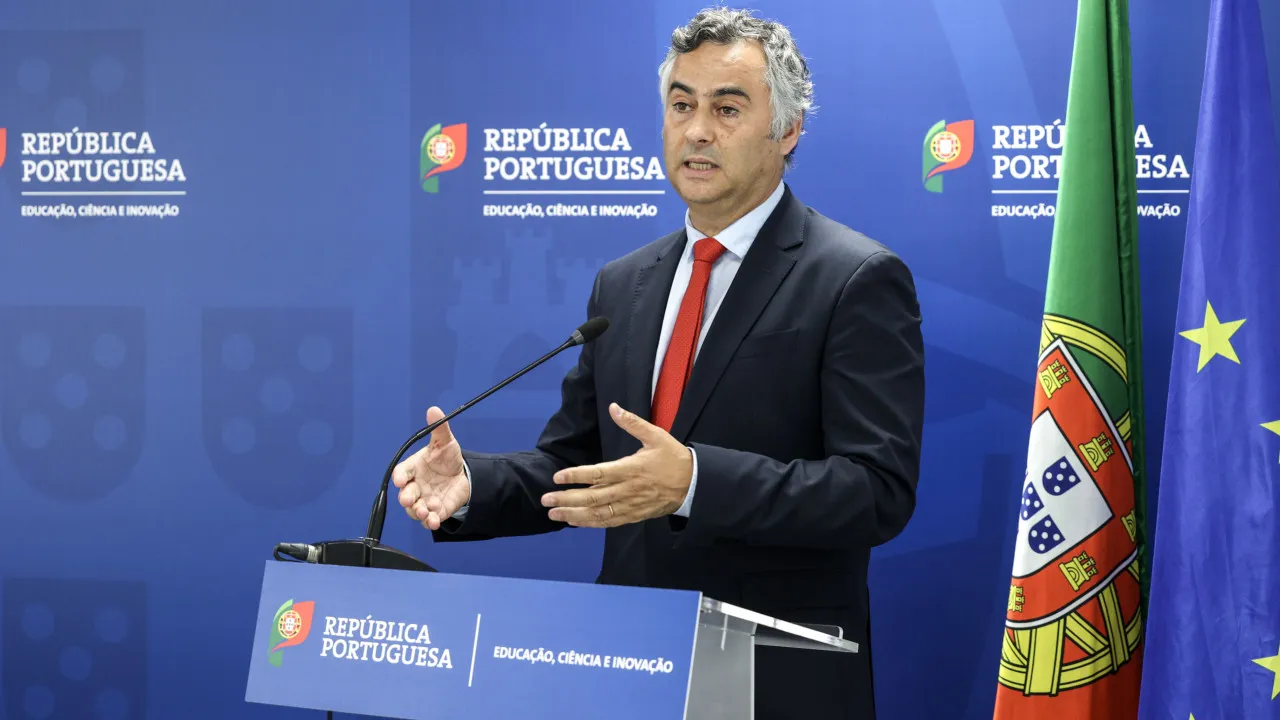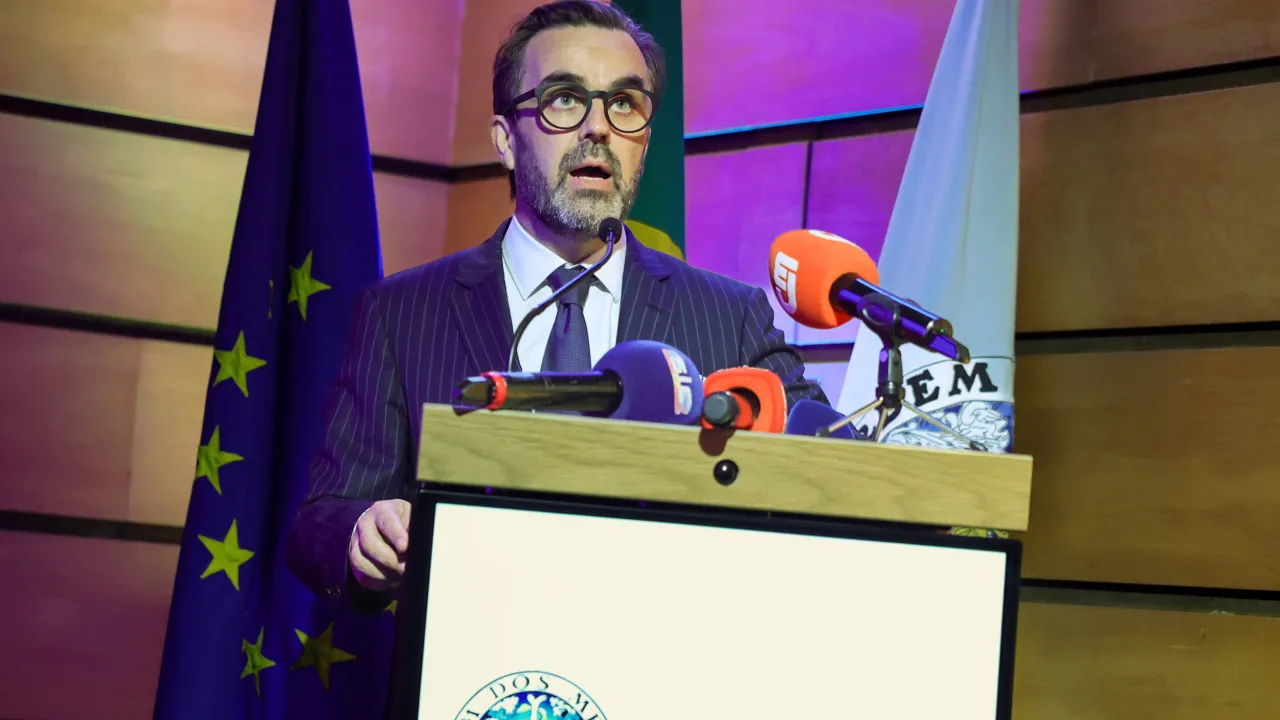INE took a snapshot of 170 indicators to try and understand whether the country is on track to achieve the Sustainable Development Goals (SDGs) set by the United Nations. In most of the indicators analyzed (101), progress is positive, and for 20 of them, Portugal has already reached the target set for 2030.
The country portrait produced by the National Statistics Institute (INE) shows that there is still some way to go to achieve the goals set by the United Nations’ Agenda 2030 for Sustainable Development. This Agenda 2030, defined in 2015, is made up of 17 SDGs and 169 targets, covering social, economic and environmental concerns, for which all countries are mobilized.
To track the implementation of these goals, a list of indicators to be monitored was adopted in March 2017, currently comprising 248 global indicators. INE has analyzed 170 of these 248 indicators and has come to the conclusion that, for most of them (101), the country is recording positive evolution and that, for 20, we have already reached the target the country had set itself for 2030.
Comparing the most recent data with the first available since 2015, it is also possible to conclude that of the 170 indicators analyzed, 28 show an unfavorable evolution, in three cases there has been no change and in the other 38 the INE did not make an assessment due to lack of data or because they were inconclusive.
Among the two dozen indicators for which Portugal has already achieved the target, ahead of the 2030 date set by the United Nations, are the maternal mortality rate and the infant mortality rate. In 2021, the maternal mortality rate per 100,000 live births was 20.1, and the infant (0-4 years) and neonatal mortality rates were 3.1‰ and 1.7‰ respectively.
Another area where Portugal fares well is the level of excellence in the quality of water intended for human consumption, with a percentage of 99% safe water. “The 99% target set for 2030 was reached in 2021,” assures INE. “Just as favorably, the decrease in the percentage of people without adequate sanitation facilities in their homes is recorded, as well as the proportion of households served by water supply, which has increased,” the report points out.
With regard to MDG 7 (renewable and accessible energy), this study indicates that in 2021, the proportion of energy from renewable sources in gross final consumption reached the highest value ever recorded, at 34%, having increased by 3.5 percentage points compared to 2015. Portugal thus achieved the 31% target set for 2020 in the Integrated National Energy and Climate Plan 2021-2030. In this chapter, INE points out that Portugal is dependent on energy from abroad, since it has no natural resources of fossil origin, and must import a significant proportion of the primary energy it consumes. Thus, the report states that “national measures and policies that promote both growth in energy production from renewable sources and a focus on greater energy efficiency, consuming less energy to achieve the same production performance of the economy, are particularly important”.
The result of this increased commitment to renewable energies is already visible in greenhouse gas emissions. In terms of climate action (MDG 13), Portugal has succeeded in reducing its total greenhouse gas emissions by 32.9% in 2020 compared with 2005. The national target for 2020 has been exceeded (-18% to -23%), but we are still a long way from the -45% to -55% target for 2030.
Covidism and war in Ukraine affect SDGs
The National Institute of Statistics warns that the evolution of the SDGs is dynamic, and that their performance has been affected by the Covid-19 pandemic and will be negatively affected by war in the future.
With regard to the war in Ukraine, INE states that “it is expected to have repercussions on the achievement of the SDG targets, at global, regional and national levels, which are likely to be particularly pronounced in Europe. These implications, although not visible through the data available to date, will be pronounced in indicators related to the fields of migration, energy, income and economic growth, inflation, inequality, among others”.
Among the indicators whose evolution is less favorable to Portugal over this period, INE highlights in MDG 1 (eradicate poverty) a significant increase in deaths due to disasters in 2020, precisely because of the pandemic caused by covid-19: from 0.6 in 2015 to 66.5 per 100 thousand inhabitants in 2020.
MDG 2 (eradicate hunger) sets targets concerning hunger and the adoption of sustainable agricultural practices aimed primarily at improving living conditions in underdeveloped and developing countries. However, INE points out that in developed countries, “the problem is linked to a diet that is not adapted to the needs of an increasingly sedentary population, resulting in a growing proportion of overweight and obese people”.
In Portugal, the proportion of the resident population over 18 suffering from obesity rose from 16.4% in 2014 to 16.9% in 2019. Still on MDG 2, the trend in food prices, which soared in 2020, deserves a negative mark, and this indicator will deteriorate further in the future when statistics incorporate the effect that the war in Ukraine has had on food prices.
In terms of the gender equality MDG (5), Portugal is not doing well either, and one of the negative points is the drop in women’s representation in Parliament, from 89 in the previous legislature to just 85 in the current one. Despite this positive trend, the proportion of women in management positions in Portugal remains very residual at just 3.1%.
In terms of environmental policy, one of the country’s Achilles’ heels remains urban waste. INE counted 4.8 million tonnes of waste collected in 2015 (equivalent to 460 kg per capita), a figure that will rise to 5.3 million in 2020 (equivalent to 513 kg per capita). The regions with the highest increases, above the country’s average growth rate, are the Centre and Lisbon metropolitan regions (both with 11.5%), followed by the Nord region (11.4%) and the autonomous region of Madeira (11.2%). The Algarve was the region with the lowest growth (6.8%) in the quantities of waste collected during the period under review.
Environmental association calls for half of Portugal’s energy to be renewable by 2030








